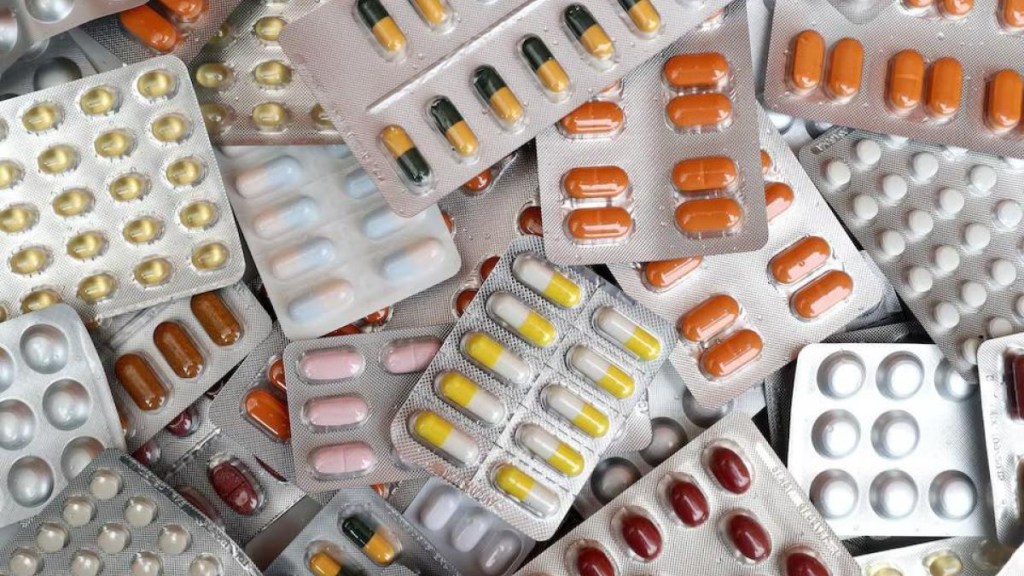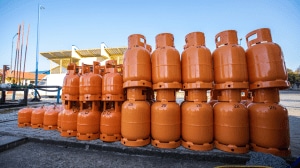New product launches by the pharma sector have shrunk by 54% in Q4FY24 as compared to the year-ago period, said a recent report by IQVIA. The report also highlights that the chronic segment grew faster (10%) than the acute segment (3%) in the March quarter.
As per the report, the Indian pharma sector registered a growth of 8% in revenue terms in FY24. However, there was a marginal drop of 3.6% in the last quarter of FY24 compared to the preceding quarter.
Experts said the decline in the new launches is a result of pharma companies being selective in introducing new products. Pharma companies are looking at few product categories and increasingly want to concentrate on just those segments. Instead of launching new products in growing segments, there’s a clear trend of companies turning selective, said Sudarshan Jain, secretary general of Indian Pharmaceutical Alliance (IPA).
Within the chronic segment, the report highlighted that the cardiac registered the highest growth (11%) followed by neuro/central nervous system (8%), anti-diabetic (7%) and chronic respiratory (6%). Anti-neoplast, pain and urology segments registered double-digit growth. On the other hand, most acute segments registered slow growth. For instance, gastrointenstinal grew by 5% and acute pain and derma segments grew in single digits. Respiratory and anti-infectives segments fell in March as compared to corresponding quarter in FY23.
An April note by Yes Securities said that January-to-March quarter typically sees weakness in domestic acute business on account of low seasonality. The India business for most companies especially chronic focused ones would grow 9-11% y-o-y while acute heavy ones might have to endure mid-single digit growth. Large companies like Lupin, Dr Reddy would continue to benefit from product specific boost like Spiriva and Revlimid while smaller ones would have to rely on existing business to drive growth in the note said.
Experts said that despite slow growth in acute segment, the sector growth is unlikely to be affected for the next few years since the slowdown (in acute) would be compensated by the high growth in the chronic segment. We anticipate the chronic market to continue to grow in double digits for the next 3-5 years, said IPA’s Jain.







